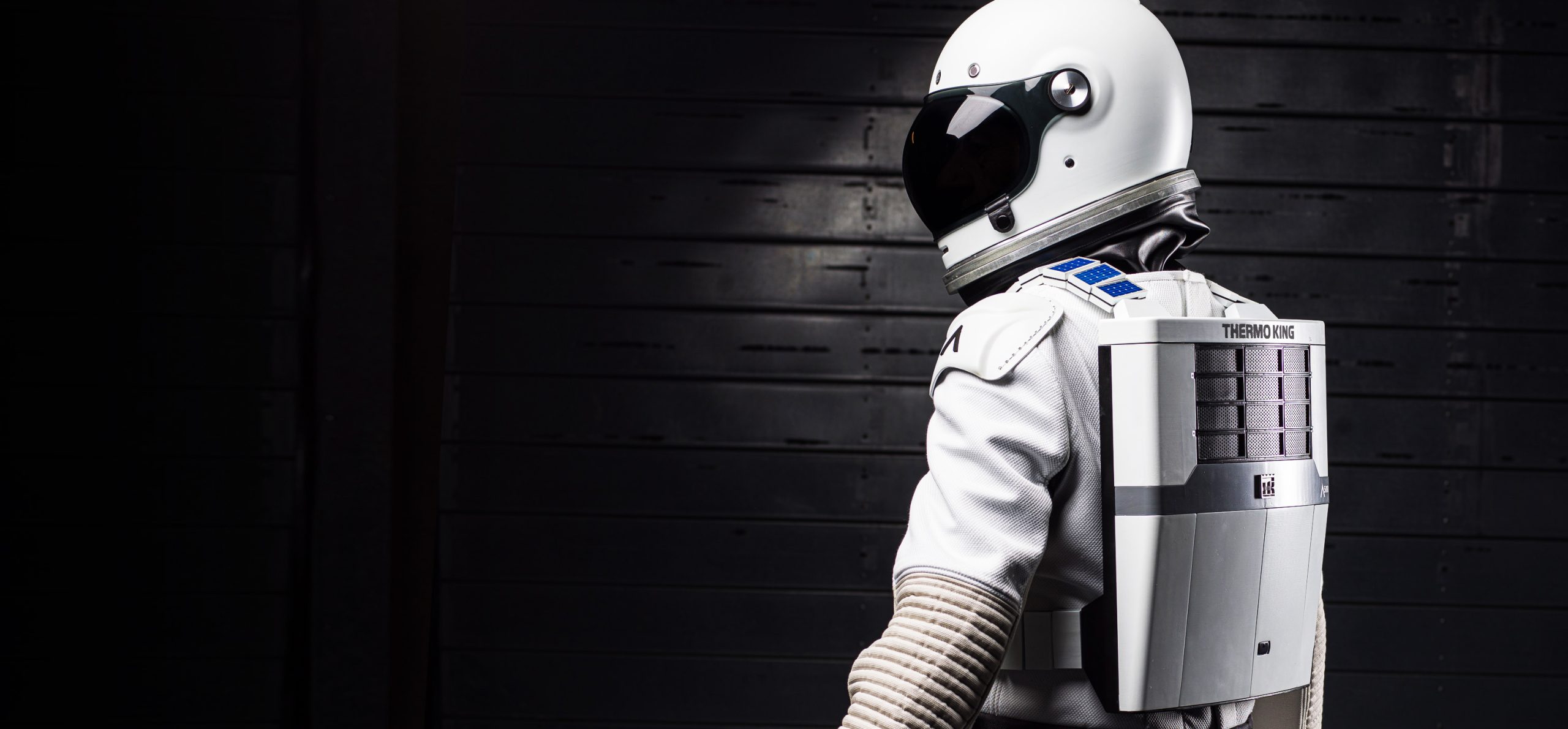Unleashing the Power of Tangibility
Storytelling in Marketing Through 3D Printed Objects
In the fast-paced world of marketing, the art of storytelling has become a powerful tool to captivate audiences and leave a lasting impression. However, with the rise of digital content, marketers are continually seeking innovative ways to stand out. Enter 3D printing – a technology that adds a tangible and immersive element to storytelling in marketing. In this blog post, we’ll explore how 3D printed objects are reshaping the narrative and engaging consumers on a whole new level.
The Rise of 3D Printing in Marketing
3D printing has evolved from a niche technology to a mainstream tool that allows for the creation of intricate and customized objects. Marketers are now leveraging this technology to enhance their storytelling efforts by bringing narratives to life in the physical realm.
Tactile Engagement
Unlike traditional marketing methods, 3D printed objects provide a tactile experience that goes beyond the limitations of digital screens. When consumers can touch and feel a product or concept, it creates a deeper connection. For example, a company promoting a new smartphone can 3D print a scale model that customers can hold, fostering a sense of ownership before the actual product is released.
Visual Appeal
3D printing allows for the creation of visually stunning and detailed objects that capture attention. Brands can use this technology to design unique promotional items or prototypes that showcase their story in a visually compelling way. A visually striking 3D printed object can serve as a conversation starter and a memorable representation of the brand.
Customization and Personalization
Interactive Storytelling
3D printed objects can be designed to include interactive elements, further enhancing the storytelling experience. Augmented reality (AR) or QR codes embedded in the 3D printed item can trigger digital content, providing a seamless transition between the physical and digital realms. This interactivity adds a layer of engagement and encourages consumers to actively participate in the brand’s narrative.
Case Studies
Let’s take a look at a couple of real-world examples where brands have successfully incorporated 3D printed objects into their marketing campaigns.
- Nike: Nike utilized 3D printing to create customized shoe prototypes for a select group of influencers and athletes. The 3D printed shoes not only showcased the brand’s commitment to innovation but also allowed individuals to experience a personalized connection with the product before it hit the market.
- Coca-Cola: In one of their campaigns, Coca-Cola used 3D printing to produce personalized miniatures of their iconic contour bottle for their customers. These unique, tangible objects served as a memorable keepsake, reinforcing the emotional connection consumers have with the brand.
Wrapping up, as the marketing landscape continues to evolve, the integration of 3D printed objects offers a novel and compelling way to tell stories. The tactile engagement, visual appeal, customization, and interactivity provided by 3D printing contribute to a richer and more immersive brand experience. As brands seek to differentiate themselves in a crowded market, leveraging the power of 3D printed storytelling can be the key to creating lasting impressions and fostering genuine connections with consumers.
Take a look at our recent marketing projects or Contact us and let us assist you with your marketing project!

